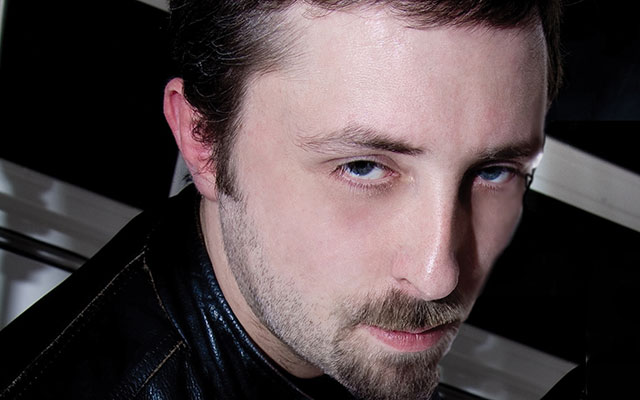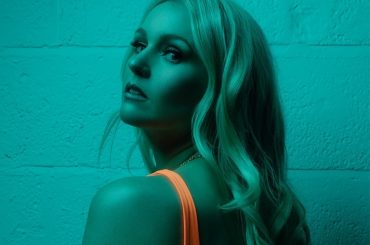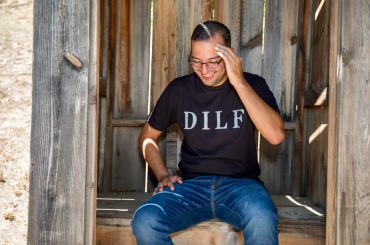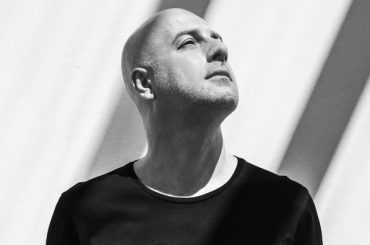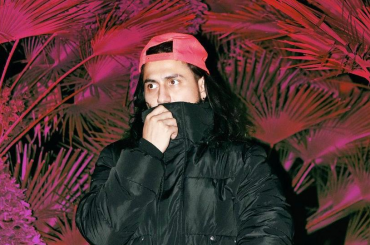If you ask anyone who makes drum-n-bass music why they became enamored by the genre in the first place, chances are good they’ll tell you Optical’s productions had something to do with it.
Well-known for his collaborations with Ed Rush, the British DJ/producer’s work has long been the standard by which much of d-n-b is measured. Considered a genuine pioneer in the techstep and neurofunk sounds, Optical singles like “To Shape the Future” b/w “Raging Calm” (1997) and collabs with Rush like Wormhole (1998) remain genre touchstones.
Now that he’s been making music for two full decades, Optical (aka Matt Quinn) has released the rightly titled, 2-CD collection, 20YearsOfOptical (Virus Recordings).
The 22-track package delivers the afore-mentioned genre classics, plus winning movers like the funky growler “The Shining,” some unreleased dubs like “What’s the Difference” and hard-to-find remixes, like the one Optical did for Josh Wink’s “Simple Man.”
“I chose the ones I liked more from 150 or so tracks,” says Quinn, simply. “The album wasn’t meant to be stuffing music that people already have down their throats again. And I didn’t want to lose these tracks in the sands of time. Back in the day, I had no idea that Optical was going to be anything. I was happy to let people take the DATs, which they then lost.”
Quinn spent an inordinate amount of time reclaiming music—about 25-percent of the collection—from ancient 10-inch dubplates, cleaning them, using software to take out crackles, pops, clicks, and rumbles from the turntable. Whether coming from dubplates or from the original DATs—most of which Quinn dug up from around his London flat, which is more studio than home—the tracks on 20YearsOfOptical mark the years like signposts.
“There’s an innocence to the way they’re made, that I wish I still had,” Quinn says. “This was my time-off music, the stuff I was doing for myself while I had more important projects going on for other people. I went through ages of putting them through modern gear, pumping them up. When I listened to them, I felt they lost their charm. So I undid all of that. It’s not just a case of turning it up—that can change the dynamic of the song. You have to be careful not to go too far. That almost redesigns sounds in a recording, so it turns into a completely different song, which is not what I’m after.
“Most of the re-masters are so the tracks are at the right level for today’s equipment,” he continues. “And they are improvements I would have made at the time if anybody had allowed me. ‘Moving 808s’ on Grooverider’s Prototype Recordings, they took off a lot of the bass end to fit it on the record. I always felt it sounded a little hollow, so this master is back to how it should have sounded from the DAT.”
The history of Quinn’s drum-n-bass production can be traced through the evolution of his samplers, which started with the Akai S700 and its six sample spaces, each under one-second long. He eventually landed on the E-mu e6400—in his opinion, still the best sampler ever made. With this one machine, plus a cheap effects unit, he found that he could efficiently make an entire track, a unique skill for that time.
“We were trying to copy the punk guitar techniques and bring it to sampling,” he recalls. “What came out of those experiments, no one was expecting. What annoys me these days is using a bunch of plug-ins to simulate what went on naturally. It’s been made vastly overcomplicated. I look at the amount of equipment people use to make a song—in real life, it would be four rooms of gear. It seems astounding that it takes that much to get to what should be a fairly simple song. With my first Akai, you had to pick the six sounds to make a song really carefully. There’s none you can throw away. Coming from that background made you have a deep appreciation for sampling, which helped to be ahead of the game.”
The impression out there is that Quinn rubs a piece of gear and magical sounds come out of it. In reality, he spent his first decade in the studio really learning, with hours of doing the same thing over and over. Of course, that discipline helped when he had to relearn everything during the more recent technology shift.
Virtual synths—the Serum wavetable by Xfer, in particular—are where Quinn sees the future of this music and he cites Serum’s ability to slice, analyze, and re-synthesize for manipulation as a practical breakthrough.
But he rejects hints at becoming an expert on that platform. Between making music, running his Virus Recordings, maintaining his DJ schedule, and managing his family, among numerous other responsibilities, he literally does not have the time.
“A lot of people get into DJing because they want to be loved,” says Quinn. “For me, it’s always been about pushing myself. When I see a rock band, I want to throw down and expect to be headbanging—otherwise I haven’t had a good time. I want my gigs to be like that. I get very stressed and frustrated, and it’s one of the best ways to get it out. A weight is lifted when I come off stage. Even if it is just for a few hours, I feel total relief.”


